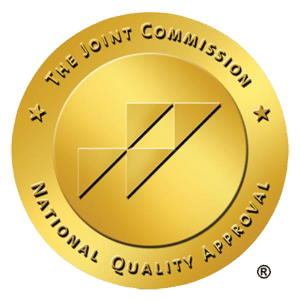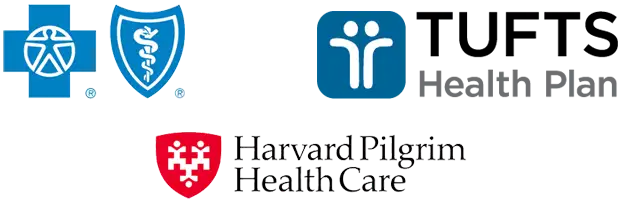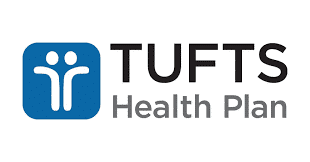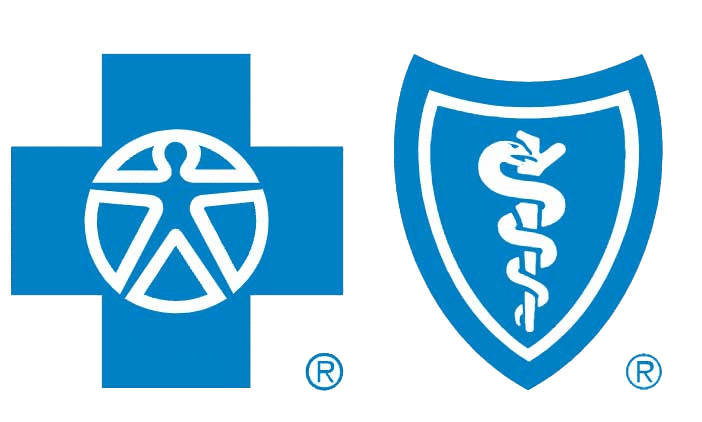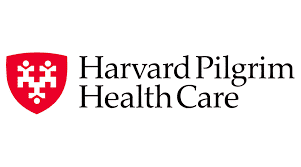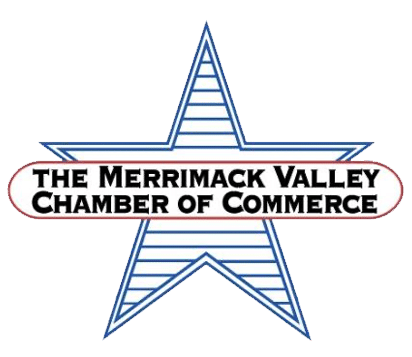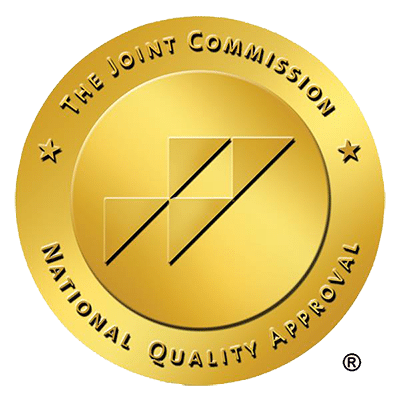Opioid Addiction Treatment
What is Opioid Addiction?
Opioids are a class of drugs derived from either the opium poppy plant or synthesized in laboratories. They are primarily used for pain relief, and include prescription medications like morphine and hydrocodone. It also takes the form of illegal drugs such as heroin. Opioids work by binding to opioid receptors in the brain and other parts of the body, which prevents the transmission of pain signals – as well as producing feelings of relaxation and euphoria. They are meant for use when treating acute pain, chronic pain, active-phase cancer treatment, palliative care, and end-of-life care.
However, opioids also carry a high risk of addiction. Opioid addiction, or opioid use disorder, is a chronic condition where the user has a compulsive urge to use this drug type – despite the potentially harmful consequences. This addiction can develop from not just recreational use, but also those using opioids for medical reasons. The addictive nature of opioids is linked to their ability to deliver the brain’s reward system with intense feelings of pleasure. This causes repeated use and, eventually, tolerance and dependence on the drug. This dependence on opioids is spotlighted by withdrawal symptoms – which can be both painful and distressing – when not using the drug. These symptoms, when combined with powerful cravings, often perpetuate the cycle of addiction.Prescription Opioid Pain Relievers Include:
- Oxycodone (OxyContin®),
- hydrocodone (Vicodin®),
- codeine,
- morphine, and others.
Synthetic Opioids include :
- Fentanyl,
- Methadone
- Pethidine
- Tramadol,
- and Carfentanil.
Topsail: Specialist Opioid Detox in MA
For those dealing with an opioid substance use disorder, Topsail provides professional treatment services that help with long-term recovery. Our state-of-the-art drug and alcohol rehab center in Andover, Massachusetts features a range of intensive outpatient programs, ensuring there is a treatment plan to match up with their needs and requirements of addicts and those suffering from mental health disorders. Treatment at Topsail for opioid addiction begins with a thorough assessment. A medical professional talks with each individual about their situation, where they work to get a true understanding about their current position – and what guidance is needed to get them back to sobriety. The assessment covers the patient’s medical and psychological history, current physical condition, their opioid substance abuse levels, and other points to construct a customized treatment plan for their unique situation. When selecting a treatment program, there are three main types available in general for opioid addiction. These are:-
Full Day Treatment / Partial Hospitalization (PHP)*
The next step in fentanyl addiction treatment is partial hospitalization. This program offer similar intensive levels as inpatient treatment, but it gives patients the opportunity to remain living at home. Group counseling, therapy sessions, and medication management are all part of PHP. The program utilizes full-day sessions, which patients must attend five days a week at our medical facility. -
Half Day Treatment / IOS / IOP**
An IOP is the next step down in treatment. While it remains at an intensive level, the amount of time a patient needs to commit to treatment is lowered. For instance, the number of sessions drops from five to three, and these last between three and four hours each. With greater levels of flexibility, patients are able to continue with their work, school, or family commitments while attending our treatment center. -
Weekly Treatment / Outpatient / OP
Outpatient programs are designed for those that are further along in their fentanyl recovery process. Designed for those seeking care post-intensive treatment, sessions are weekly and last one hour each. Outpatient treatment places a focus on lifestyle management and methods to prevent relapses from occurring.
It’s important to discuss the which treatment settings make the most sense for your situation with your clinician
*TOPSAIL uses a network of hand-chosen partners for residential treatment.
The Dangers of Opioid Addiction
Opioid addiction poses severe risks. These risks can affect both physical and mental health, as well as social and economic wellbeing. One of the most worrying dangers is the risk of an opioid overdose. According to the Centers for Disease Control and Prevention, opioid-related deaths reached over 107,000 in 2022 – spotlighting the severity of this crisis. Fatal overdoses are possible because an opioid addiction can lead to respiratory depression, a condition where breathing becomes dangerously slow and even stops.
Death is obviously the most extreme risk, but chronic opioid use can be impactful in other ways both physically and mentally. It can also devastate lives in social and economic ways. It can result in job loss, financial instability, and even homelessness. Family systems can suffer, friends can disappear, and this may all cause isolation and lack of support to overcome opioid abuse.
The dangers even extend beyond the individual and their loved ones. It affects communities with not just increased healthcare costs and higher crime rates, but also a strained social fabric.
Symptoms of Opioid Addiction
An opioid addiction manifests through various physical, psychological, and behavioral symptoms. Recognizing these symptoms is crucial for timely intervention and treatment. The main signs include the following:
Increased tolerance
Over time, individuals require higher doses of opioids to achieve the same effects they originally delivered. This is a sign of increased tolerance. The escalation in dosage can accelerate the addiction cycle, which increases the possibility of severe side effects and overdosing.
Withdrawal symptoms
When not using opioids, individuals can experience a number of uncomfortable withdrawal symptoms. Opioid withdrawal symptoms include nausea, sweating, shaking, anxiety, and severe cravings. These are a clear indicator of physical dependence for the drug, and this aspect is only further amplified by the aforementioned tolerance increase. Worryingly, opioids can cause physical dependence in a significantly shorter time period than other substances, sometimes as little as a month.
Cravings
Those addicted to opioids develop intense, persistent cravings for the drug. These cravings often dominate their thoughts and behaviors. Instead of focusing on the likes of work or school, they only think about taking opioids.
Neglecting responsibilities
As addiction progresses, individuals may neglect their responsibilities. They can also lose interest in activities they once enjoyed. This neglect is due to the increasing amount of time and energy devoted to obtaining and using opioids.
Impaired judgment
Addiction can cause both impaired judgment and desperation. For example, to acquire and use opioids, addicts may engage in risky behaviors to get their fix. This could include driving under the influence or using contaminated needles.
Continued use despite harm
Even when faced with harmful consequences like deteriorating health and strained relationships, individuals addicted to opioids continue to use. This continued use, despite being aware of the obvious harm being caused, highlights the compulsive nature of addiction.
These symptoms provide a clear picture about the complex, destructive nature of opioid addiction. It also emphasizes the importance of comprehensive treatment and support for addicts.
Opioid Use Disorder Side Effects
Those suffering with an opioid use disorder can experience a range of side effects. These can be detrimental to an individual’s physical, mental, and social wellbeing. Whether using recreational or prescription opioids, these side effects include:
Respiratory depression: Opioids have the ability to significantly slow breathing. This results in respiratory depression, and can be particularly dangerous – and may even be fatal in the case of overdoses.
Gastrointestinal issues: Opioids often cause gastrointestinal issues such as constipation, nausea, and vomiting. These problems can become severe and persistent in the case of chronic use, affecting overall health and nutrition.
Increased risk of infections: Opioid addiction can see people make risky decisions like needle sharing. This increases the risk of infections such as HIV and Hepatitis C. Additionally, opioids can weaken the immune system, making the body more susceptible to infections.
Mental health disorders: Opioid use disorders are closely associated with mental health disorders like depression and anxiety. The cycle of addiction may see the development of new mental health issues, or it could exacerbate existing conditions.
Social and relationship problems: Drug abuse often leads to strained relationships and social isolation, and that’s no different with opioids. The compulsive, never-ending pursuit of drugs can result in neglecting personal and professional responsibilities, causing significant damage to relationships and social status as a result.
Beginning the Recovery Process with an Opioid Detox
The recovery journey from opioid addiction is a long and difficult one. However, the critical first step is with detoxification. As with any drug detox, this process involves safely – and systematically – reducing the body’s dependence on opioids. This also involves alleviating withdrawal symptoms and cleansing the body of the harmful substances.
Detoxification typically takes place under medical supervision. This is done to manage the potentially severe withdrawal symptoms in a safe, controlled environment. To ease these symptoms and cravings, healthcare professionals can utilize medications like methadone or buprenorphine. Along with helping to manage the physical aspects of withdrawal, a medically-assisted approach delivers psychological support. This lays the foundation for early recovery and long-term treatment success.
By clearing the body of opioids, detoxification is necessary to reset the brain’s chemistry structure. It prepares addicts for the subsequent stages of treatment, giving them a foundation that helps break the cycle of dependence and start on the path towards sustainable recovery.
Medically-monitored detox
For a successful opioid detox, it is recommended to opt for medication-assisted treatment. This allows for the body to rid itself of opioids in a controlled, comfortable environment. By doing so, it reduces the risk of developing withdrawal symptoms, as well as managing their impact. The result: a greater chance of recovery success.
A medically-monitored detox can be achieved in different ways, including:
Medications to reduce the risks of severe withdrawal symptoms and potential withdrawal complications.
Promoting early recovery through nutritional support and physical exercise.
Support through behavioral therapy and psychological counseling.
Supervision by a trained clinical team to manage potential emergencies that can arise.
Opioid Withdrawal Symptoms
Even though addicts want to avoid withdrawal symptoms, they are a natural consequence during the detox stage. Common withdrawal symptoms include the following:
Muscle aches and pains: Individuals typically experience severe muscle aches during the detox stage, which can be both widespread and debilitating. The discomfort caused often contributes to restlessness and difficulties in maintaining normal physical activities.
Excessive sweating: Excessive sweating is a common symptom of opioid withdrawal. On this subject, it can also cause hot and cold flashes. These temperature fluctuations are uncomfortable and can be distressing, as the body attempts to adjust to the absence of opioids.
Gastrointestinal distress: Nausea, vomiting, diarrhea – these are frequent symptoms during opioid withdrawal. Gastrointestinal issues like these can significantly impact an individual’s ability to eat and maintain proper nutrition.
Anxiety: Heightened levels of anxiety and irritability are typical psychological responses during detox. These symptoms reflect the emotional and mental strain that is typical with drug withdrawal.
Sleep disturbances: Insomnia and disrupted sleep patterns are common. Understandably, this makes it difficult for individuals to adequately rest and recover. This lack of quality sleep can further impact not just the person’s mood, but also their ability to cope with other symptoms.
Obsessive thoughts: When it comes to intense cravings for opioids, this is usually joined by obsessive thoughts revolving around drug use. As a result, this can seriously challenge a person’s resolve and commitment to detoxification. These cravings also won’t fade away without a fight. They’re persistent and a major hurdle throughout the recovery process.
Insurance Coverage for Opioid Addiction Therapy
Opioid addiction impacts everyone, and TOPSAIL wants to make getting help for Opioid Addiction easy for everyone. TOPSAIL accepts most major insurance providers in Massachusetts and treatment is often covered in full or partially. See our insurance page for more information.
Opioid Use Disorder Treatment at Topsail Addiction Treatment
Overcoming opioid addiction is a serious challenge. However, it is still an achievable journey. That’s certainly the case if you receive assistance from the dedicated professionals here at Topsail Addiction Treatment.
Our comprehensive treatment approach, where we provide compassionate, expert care that is tailored to each individual’s needs, offers a supportive pathway towards a healthier, opioid-free life. Embrace the opportunity for change and a healthier future with Topsail. Your first step to a new life starts here.
Topsail Addiction Treatment was created to help treat addiction here where we live. Opioid abuse is an epidemic and has impacted families and communities throughout Massachusetts and Southern New Hampshire. Our founders and management team have experienced this epidemic firsthand and a long and successful history helping addicts regain control of their lives.
Our facility is located in Andover, MA, which makes it convenient for outpatient therapy from Greater Boston, North Shore, Lawrence, Lowell, Metro-North, and Southern New Hampshire. We are located just minutes away from Routes 128, Route 495, Route 95 and Route 93.
